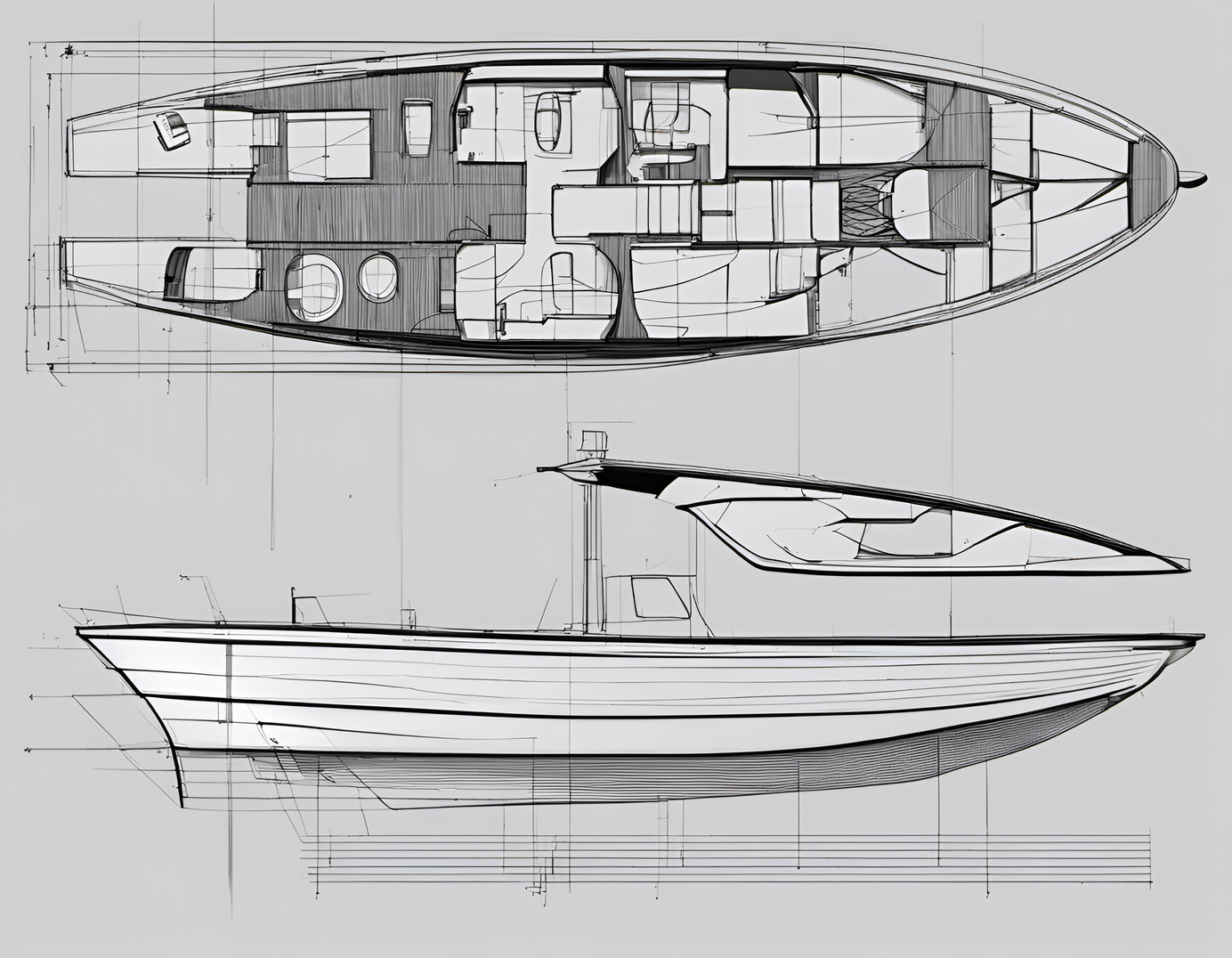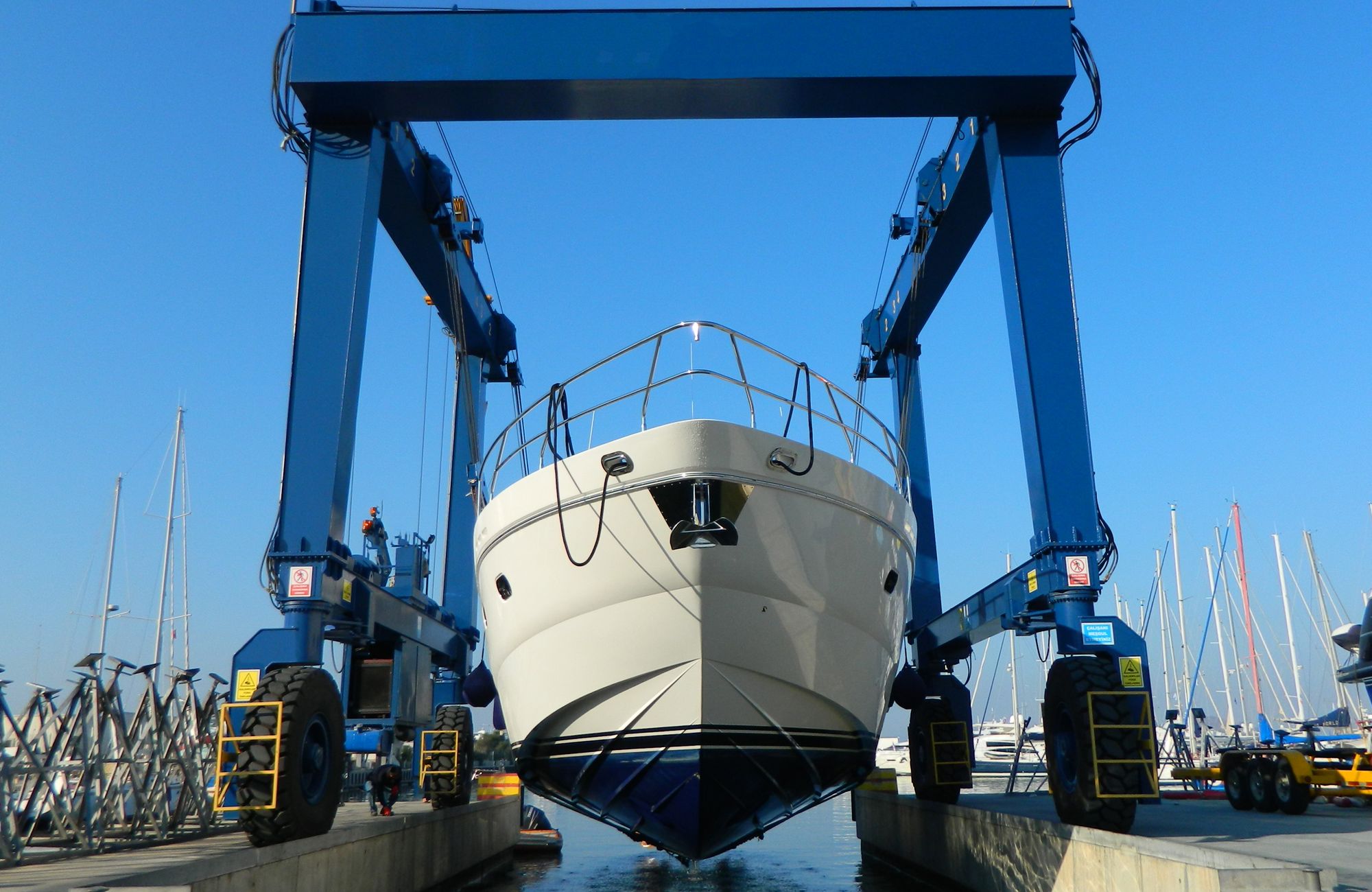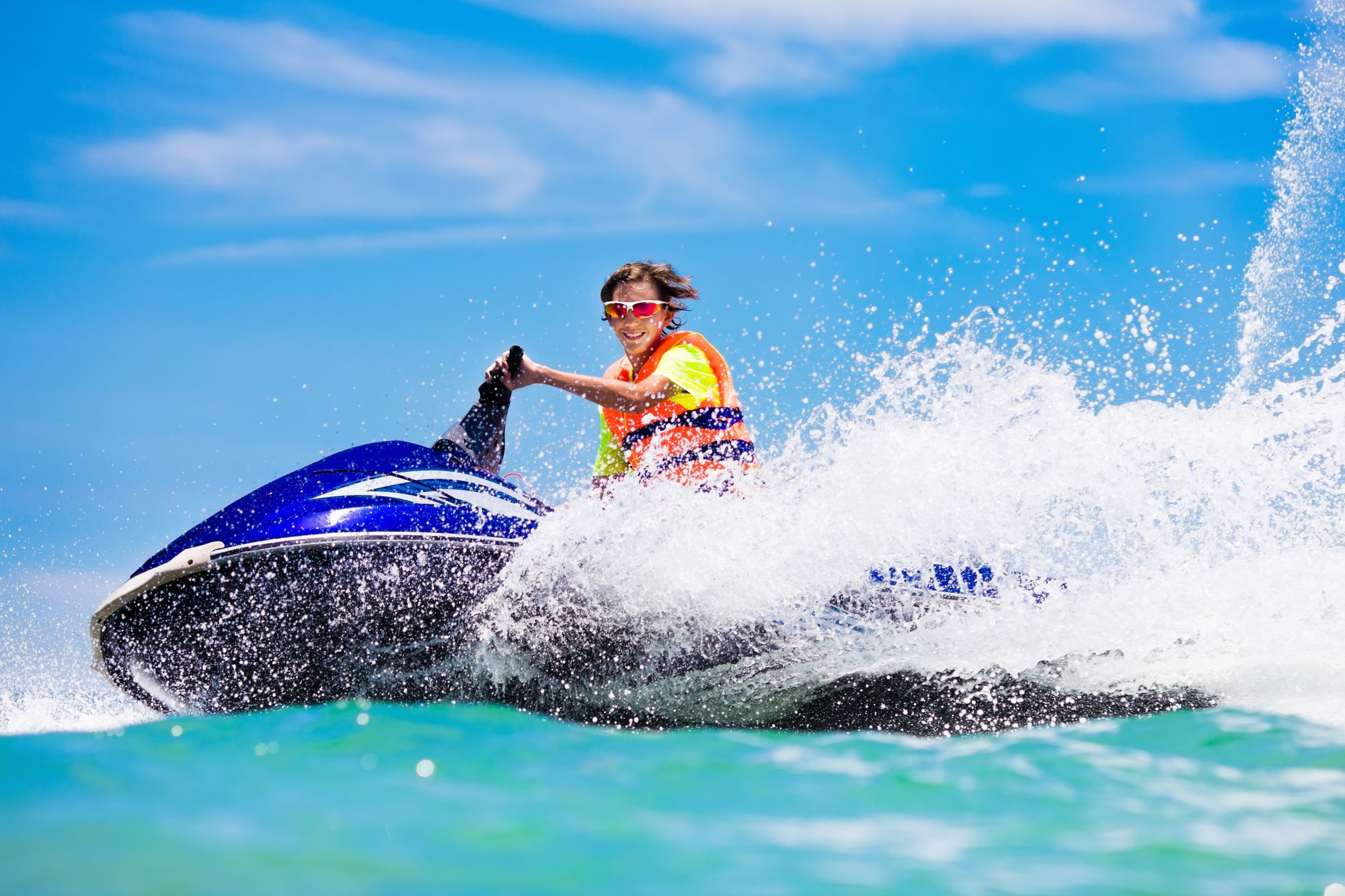
Evolving Customer Expectations: Meeting Changing Demands in Boat Design
Discover key trends in boat design, and learn about the impact of aesthetics, demographic changes, tech advancements, and eco-friendly designs on boat manufacturing.
Table of Contents
In the ever-changing seascape of the boat industry, customer preferences ebb and flow, molded by a tide of factors like cutting-edge technology, shifting demographics, environmental consciousness, and lifestyle transformations. Boat manufacturers, like skilled captains, must constantly adjust their sails to these evolving winds to stay afloat in a competitive market.
For instance, as technological innovation surges forward, boats are no longer just vessels; they've transformed into high-tech havens, resonating with a generation that grew up with gadgets in hand. The demographic tide is also turning. As Baby Boomers cruise into their golden years, their boating desires drift towards comfort and accessibility. On the horizon, Millennials emerge, steering the market towards minimalist designs and affordability. A shining example is the HeyDay WT-1 wakeboard boat, a beacon of simplicity and budget-friendliness, perfectly tailored for the Millennial ethos of less is more, yet rich in experiences.

Evolving Aesthetics in Boat Design: Sailing Beyond Functionality
"Evolving Aesthetics in Boat Design" has become a crucial aspect in the boat manufacturing industry. The importance of aesthetics in boat design is increasingly influenced by trends from other industries such as automotive and fashion. This cross-industry inspiration is evident in the styling of boats, where design elements are not just focused on functionality but also on visual appeal and modern trends.
One notable example is the advancements seen in the pontoon segment. Historically, pontoons were not primarily designed with aesthetics in mind. However, over the years, there has been a significant evolution in their styling. This includes changes in the designs of rails, furniture, and helms. The industry has observed a revolution in these elements, with manufacturers continuously striving to elevate their designs to new levels.
This shift towards more aesthetically pleasing designs is a response to changing consumer preferences. Boaters are now seeking vessels that not only perform well but also possess a high degree of visual appeal. By incorporating ideas from diverse sectors like the automotive and fashion industries, boat manufacturers are able to offer products that meet these sophisticated consumer demands.
The integration of new materials and the emphasis on quality and longevity in boat construction are also part of this aesthetic evolution. Manufacturers are utilizing new materials to enhance the product's quality and durability while also improving its visual appeal.
This trend towards evolving aesthetics in boat design is a clear indicator of the industry's response to changing consumer tastes and the need for continual innovation in boat design and manufacturing.
Changing Demographics of Boat Buyers
The boat market is witnessing a notable shift, predominantly influenced by the changing requirements of various age groups. This evolution in customer demographics is a key factor in shaping current trends and demands within the industry.
Aging Baby Boomers:
This demographic has traditionally been a core market for boat manufacturers. As they age, their boating needs change, shifting towards comfort and ease of access. Boats designed for this group are now focused on ease of boarding and user-friendly features, moving away from designs that require physical agility, like jumping over seats.
Emergence of Millennials:
This younger demographic is beginning to make its mark in the boating industry. They may not currently have the financial capacity to purchase boats at the same rate as older generations, but they significantly influence their family's buying decisions. Manufacturers are taking note of this, designing boats to appeal to this younger audience. An excellent example of this is the HeyDay WT-1 wakeboard boat, which was developed to attract Millennial buyers. The WT-1 stands out due to its simpler design and more affordable price point, making it accessible to a generation that values minimalism, socializing, and sports.
Impact on Design and Purchasing Decisions:
Manufacturers are increasingly considering these demographic shifts in their design processes. For aging Boomers, the emphasis is on comfort and simplicity, while for Millennials, the focus is on affordability, minimalism, and versatility. The HeyDay WT-1 is a testament to this approach, aiming to meet the specific needs of a younger, price-conscious generation. These demographic shifts are not just shaping the types of boats being produced but are also influencing the overall direction of the boating industry.
This change in demographics and corresponding shift in consumer preferences are critical for manufacturers to understand and adapt to, ensuring they meet the diverse needs of their evolving customer base.
Technology Transformation in Boat Manufacturing
The transformation in boat manufacturing due to advancements in technology, particularly in engine and electronics, has significantly revolutionized boat design. Modern boats now incorporate advanced engine technologies that offer greater efficiency, speed control, and improved overall performance. These advancements extend beyond just the engine; they also encompass electronics that enhance connectivity.
Boats today often feature integrated systems that allow seamless connection with smartphones, enabling users to control various aspects of the boat remotely. The integration of GPS speed control and trim adjustments further exemplifies how technology has enhanced the boating experience.
The role of third-party collaborations has become increasingly important in this technological evolution. Boat manufacturers are now routinely partnering with engine suppliers, electronics companies, and other tech firms to develop sophisticated, integrated systems. These collaborations ensure that various components, such as engines and navigation systems, work together seamlessly. Such partnerships are not only about integrating technology but also about creating a cohesive product that aligns with the modern boater's expectations for innovation and convenience.
This technological transformation is a response to the growing demand for smarter, more connected boats. It represents a significant shift in the boat building process, where the emphasis is on incorporating cutting-edge technology to enhance the boating experience.

Current Market Trends and Industry Growth
The current market trends and industry growth in the boating sector are marked by significant advancements and an upward trajectory in market value. The recreational boating market, valued at USD 27.32 billion in 2021, is expected to reach USD 36.78 billion by 2027, growing at a CAGR of 5.1%. This growth trajectory indicates a resilient recovery post the COVID-19 pandemic's initial impact, which saw a downturn in recreational activities and boating sales.
The industry's appeal is widespread, with an estimated 140 million active boaters and watersports participants globally, including almost 100 million in the United States and Canada, and significant numbers in Europe and Australia. This widespread interest is driving the market, particularly among millennial and post-millennial generations, who show a growing attraction towards recreational activities and watersports.
Additionally, the National Marine Manufacturers Association (NMMA) reported that sales of new powerboats in the United States exceeded 300,000 units for two consecutive years (2020 and 2021), predicting a further increase of 3% in 2022 compared to the previous year. These statistics highlight the robust nature of the boating industry, reflecting the increasing demand for recreational boats and the potential for continued growth in the sector.
The trends towards eco-friendly options and energy-efficient designs align with this growth, catering to a more environmentally conscious consumer base. This shift towards sustainability in boating reflects broader societal trends and presents opportunities for manufacturers to innovate and adapt to these emerging preferences.
Emerging Trends in Boat Design and Manufacturing
The boating industry is experiencing significant growth, driven largely by innovations that cater to evolving consumer demands. This growth is particularly evident in the recreational boat sector, where there has been a marked increase in demand. Key drivers of this growth include advancements in technology and design that appeal to modern consumers.
One notable trend is the rising demand for eco-friendly options. As environmental awareness increases, manufacturers are responding with more sustainable, energy-efficient boat designs. These designs focus on reducing emissions and improving fuel efficiency, aligning with a growing consumer preference for environmentally responsible products.
The industry's move towards energy-efficient designs also plays a significant role. Manufacturers are now producing boats that are not only more fuel-efficient but also offer enhanced performance. This shift is not just a response to environmental concerns; it also addresses the economic aspect, as more efficient boats can lead to cost savings for owners.
Overall, these trends—innovation in design, eco-friendliness, and energy efficiency—are shaping the current landscape of the boating industry, driving its growth and setting the direction for future developments.

Affordability and Family-Centric Trends
The boating industry is currently seeing a trend towards more affordable options, catering to a broader range of customers. This shift includes an increased availability of smaller watercraft like kayaks, paddleboards, and inflatable rafts. These options are not only more budget-friendly but also cater to those seeking a more intimate, hands-on boating experience.
Alongside affordability, there's a growing emphasis on family-centric activities in boat design. Pontoons, for example, have risen in popularity due to their versatility. They are increasingly being used for various activities, such as fishing and day-cruising, appealing to families looking for a multi-purpose vessel. This trend indicates a shift in the market where the focus is expanding beyond luxury and high-performance boats to include options that cater to family leisure activities and affordability.
Navigating Future Waters: Implications for Boat Manufacturers
In summary, boat manufacturers must navigate a landscape marked by evolving aesthetics, shifting demographics, technological advancements, and a focus on sustainability and affordability. The growing importance of design aesthetics, influenced by other industries, necessitates a creative approach to boat styling. Adapting to the changing needs of aging Baby Boomers and the emerging Millennial market is crucial. Technological innovations in engines and electronics have set new standards for connectivity and performance. The rise of eco-friendly and energy-efficient designs reflects a broader environmental consciousness. Additionally, the trend towards more affordable and family-centric boating options, like pontoons, indicates a diversifying market. Staying attuned to these trends is vital for manufacturers to remain competitive and meet the evolving expectations of today's boaters.












